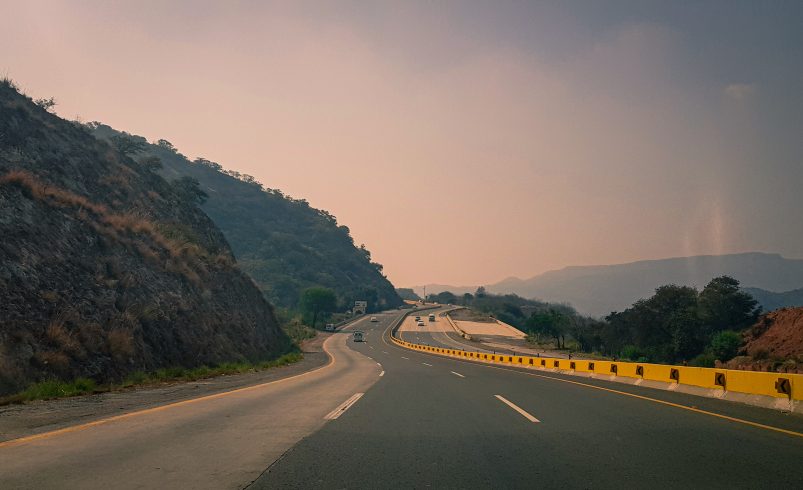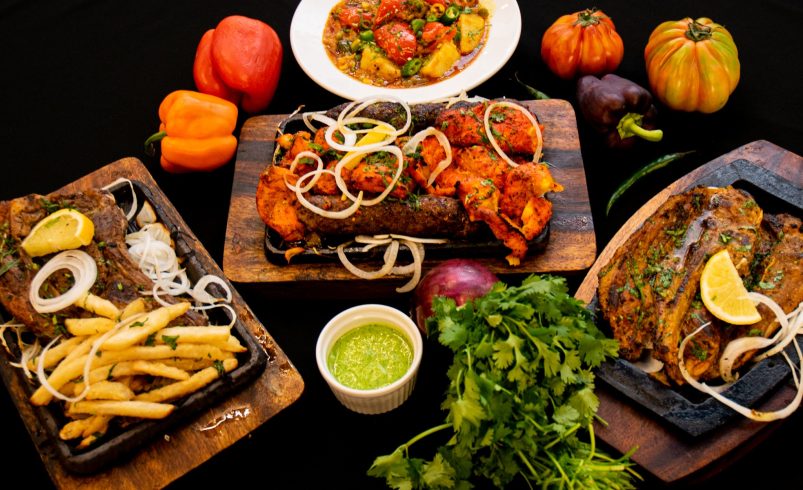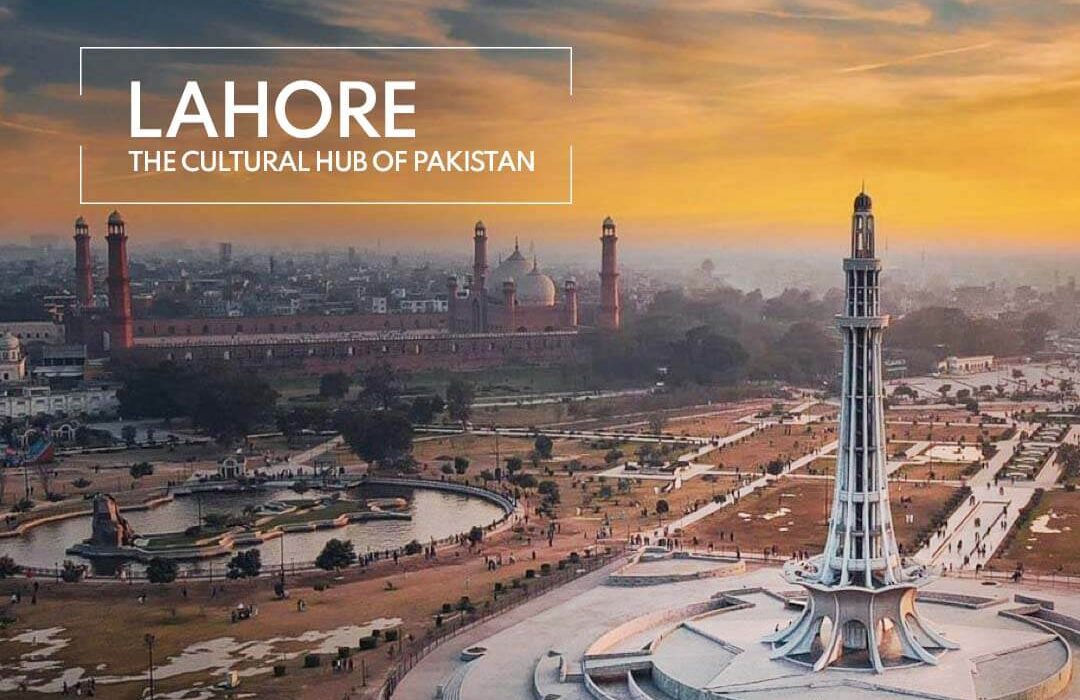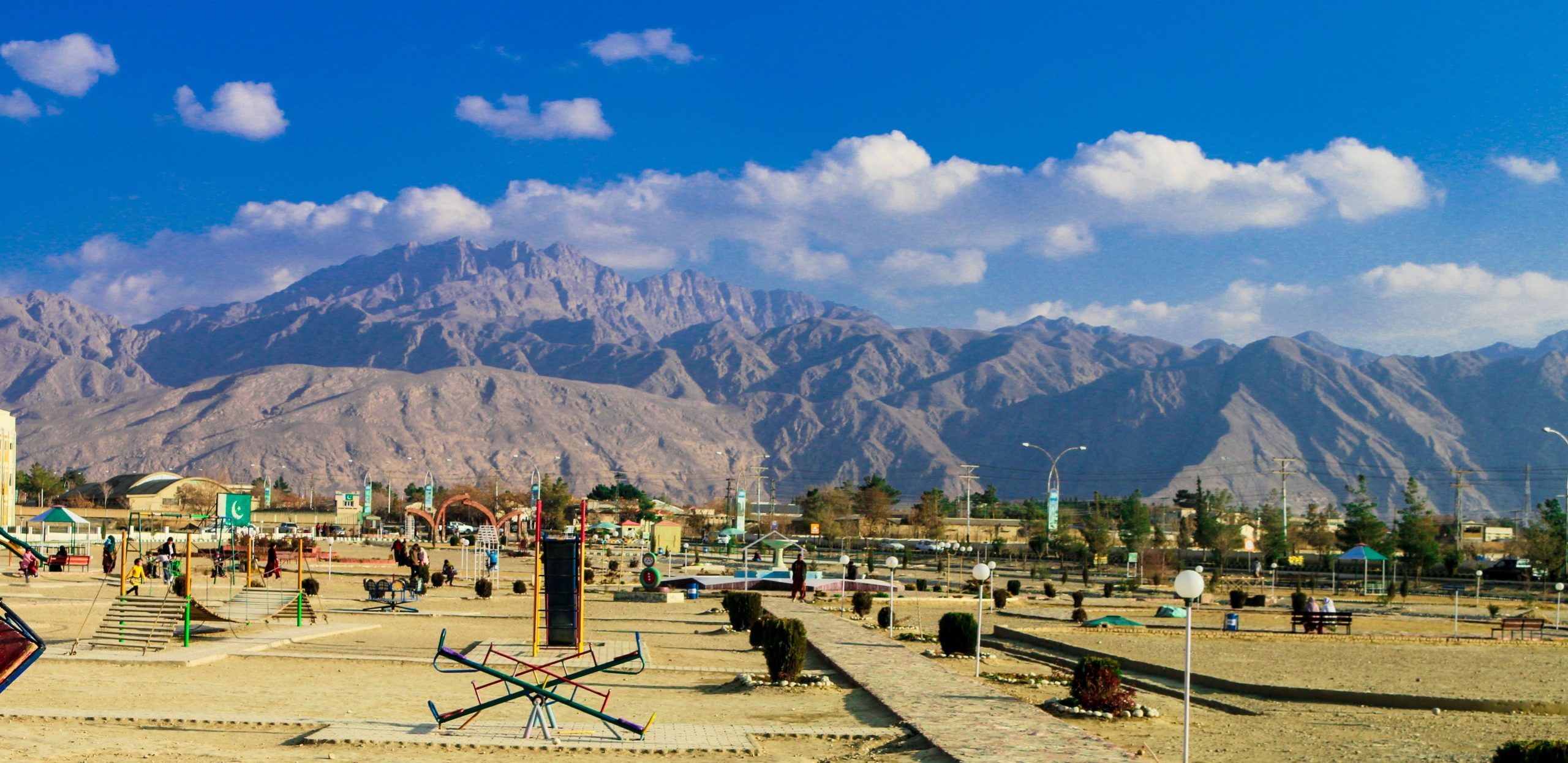
- August 3, 2025
🌧️ Introduction
Monsoon season transforms Northern Pakistan into a lush green paradise, but it also brings challenges like heavy rainfall, floods, and landslides. Travelers must prepare adequately by following Monsoon Travel Safety Guides for Northern Pakistan to ensure a safe and enjoyable journey. This guide will help you navigate through the monsoon hazards with ease.
🛣️ Road Safety Tips for Monsoon Travel
🚧 Identifying Landslide-Prone Areas
Certain areas like Murree, Kaghan Valley, and Swat experience frequent landslides. Always inquire about road conditions from local authorities. Use alternative routes if possible and stay updated on landslide alerts.
🚗 Vehicle Preparation and Maintenance
Ensure your vehicle’s brakes, wipers, and tires are in top condition. Keep an emergency toolkit, flashlight, tow rope, and a portable GPS navigation system with offline maps since signals may be weak in mountainous areas.
🗺️ Safe Travel Routes during Monsoon
| Route | Distance | Risk Level |
|---|---|---|
| Islamabad to Murree | 65 km | Moderate |
| Islamabad to Naran via Mansehra | 270 km | High (Landslides) |
| Islamabad to Swat Valley | 247 km | Moderate |
| Gilgit to Hunza | 100 km | Low |
| Skardu Road (Jaglot to Skardu) | 163 km | High (Flooding) |
📡 Weather Alerts and Information Sources
Stay informed through the Pakistan Meteorological Department (PMD). Install AccuWeather or Windy apps for live updates. Local news and social media groups often share road blockage alerts.
🧳 Monsoon Travel Packing Checklist
Essential items include:
- Waterproof jackets and bags
- Trekking shoes with strong grip
- Quick-dry clothing
- Power banks and spare batteries
- Insect repellents and basic medicines
- Ziplock bags for gadgets
- Emergency food and water purification tablets
🚑 Emergency Contacts and Helplines
- Rescue 1122 (Nationwide Emergency)
- Edhi Ambulance: 115
- National Highway & Motorway Police (NHMP): 130
- Local Police Stations (District-wise)
- PMD Helpline for Weather Alerts: +92-51-9250369
🏥 Health Precautions during Monsoon Travel
Monsoon increases the risk of waterborne diseases like cholera, typhoid, and hepatitis. Drink bottled water, avoid street food, and maintain hygiene with hand sanitizers. Carry ORS sachets, anti-allergic medicines, and personal medical kits.
💧 Flood Precautions and River Crossings
- Avoid crossing rivers with strong currents.
- Never attempt to drive through flooded patches.
- If stranded, wait for the water level to recede.
- Always follow local guides’ advice for safer crossings.
⛰️ Trekking and Hiking Safety Guidelines
Hire experienced local guides, never trek alone, and carry emergency whistles and torches. Inform family or hotel staff about your trekking route and estimated return time.
🛡️ Importance of Travel Insurance
Ensure your insurance covers:
- Medical evacuations
- Trip cancellations due to weather
- Loss of belongings due to floods or accidents
🏨 Accommodation Safety during Monsoon
Book hotels located on higher ground, away from rivers or streams. Check if they have:
- Backup power generators
- Effective drainage systems
- Emergency evacuation plans
🌄 Local Advice and Community Support
Locals are your best guides regarding sudden weather changes and unsafe routes. Always respect their advice and travel timings during heavy rains.
🎒 Essential Safety Gear for Monsoon Travel
- Waterproof backpack
- LED flashlight
- Multi-tool knife
- Emergency blankets
- Portable water purifier
- High-energy snacks and glucose
📲 Digital Tools and Offline Maps
Ensure offline maps are downloaded (Google Maps / MAPS.ME). Install survival apps like Offline Survival Manual for tips if stranded in remote areas.
🕰️ Ideal Travel Timing during Monsoon
- Travel early in the morning to avoid afternoon downpours.
- Avoid long-distance journeys during peak monsoon weeks (Mid-July to Mid-August).
- Always keep buffer days in your itinerary for weather delays.
FAQs
🌧️ What are the essential Monsoon Travel Safety Guides for Northern Pakistan?
Always check weather forecasts, avoid landslide-prone areas, carry waterproof gear, and ensure your vehicle is road-ready for monsoon challenges.
🚗 How can I ensure road safety while traveling in Northern Pakistan during monsoon?
Drive cautiously, maintain safe distances, avoid night travel, and stay informed about road conditions through NHMP updates.
🏨 Are accommodations safe during the monsoon in Northern Pakistan?
Yes, if chosen carefully. Opt for hotels on elevated ground with proper drainage and emergency backup facilities.
🚑 What emergency numbers should I keep handy for monsoon travel in Northern Pakistan?
Important numbers include Rescue 1122, Edhi Ambulance, NHMP helpline, and local police station contacts for the area you are visiting.
🗺️ Which routes are safer during monsoon travel in Northern Pakistan?
Gilgit to Hunza is considered relatively safe. Avoid Skardu Road and Naran routes during peak rain periods due to high flood and landslide risks.
💧 How can I stay safe during river crossings in the monsoon?
Avoid crossing rivers with strong currents, seek assistance from locals, and never drive through flooded areas regardless of vehicle type.
🎒 What should be included in my monsoon travel packing checklist?
Essentials include waterproof jackets, trekking shoes, portable chargers, rain covers, emergency medicines, and high-energy snacks.
📡 How can I receive real-time weather alerts while traveling?
Install apps like AccuWeather, Windy, and subscribe to PMD SMS alerts. A portable FM radio can also be helpful in remote areas.
🧳 Why is travel insurance important for monsoon travel?
Travel insurance protects against unexpected medical emergencies, trip cancellations, and losses due to floods or accidents.
🛡️ What health precautions should I take during monsoon travel?
Maintain hygiene, drink bottled water, avoid street food, and carry personal medicines for common monsoon illnesses.
🌄 How can locals help in ensuring my safety during monsoon?
Locals provide updated road and weather information and can guide you to safer routes. Always listen to their advice during heavy rains.
🗺️ Should I download offline maps for monsoon travel?
Yes, as mobile networks are often unreliable in northern areas. Offline navigation apps are crucial for route planning.
🚧 How can I identify landslide-prone zones during monsoon in Northern Pakistan?
Areas like Kaghan, Naran, Swat, and Skardu Road are well-known landslide zones. Stay updated via NHMP and PMD advisories.
🌧️ Is it safe to trek in Northern Pakistan during monsoon?
Trekking is only safe if done with local guides, in safe weather windows, and with proper safety gear. Solo trekking is not advised.
🚗 What vehicle checks are necessary before a monsoon trip?
Ensure brakes, tires, and wipers are functional. Carry spare parts, emergency kits, and tools like tow ropes and portable air pumps.
🏨 Can I rely on guesthouses in remote areas during the monsoon?
Only if they are located on safe ground and have basic emergency facilities. Always confirm drainage and power backup before booking.
🎒 What safety gear is essential for trekking during monsoon?
Waterproof clothing, emergency blankets, LED flashlights, whistles, and multi-tool knives are crucial for safe trekking.
💧 How should I handle unexpected floods during travel?
Move to higher ground immediately, do not attempt to cross waterlogged paths, and wait for official clearance from rescue teams.
📲 Which apps are useful for monsoon travel safety?
Apps like AccuWeather, Windy, Google Maps (Offline), and Offline Survival Manual are recommended for monsoon travel.
🚑 What are common health issues during monsoon travel and how to prevent them?
Common issues include waterborne infections and allergies. Prevention involves drinking bottled water, avoiding unhygienic food, and maintaining personal hygiene.
Conclusion
Traveling during the rainy season can be a memorable experience if done with caution. By following the Monsoon Travel Safety Guides for Northern Pakistan, you can enjoy the breathtaking beauty while staying safe. Always stay informed, prepare adequately, and respect local advice to navigate monsoon challenges with confidence.






